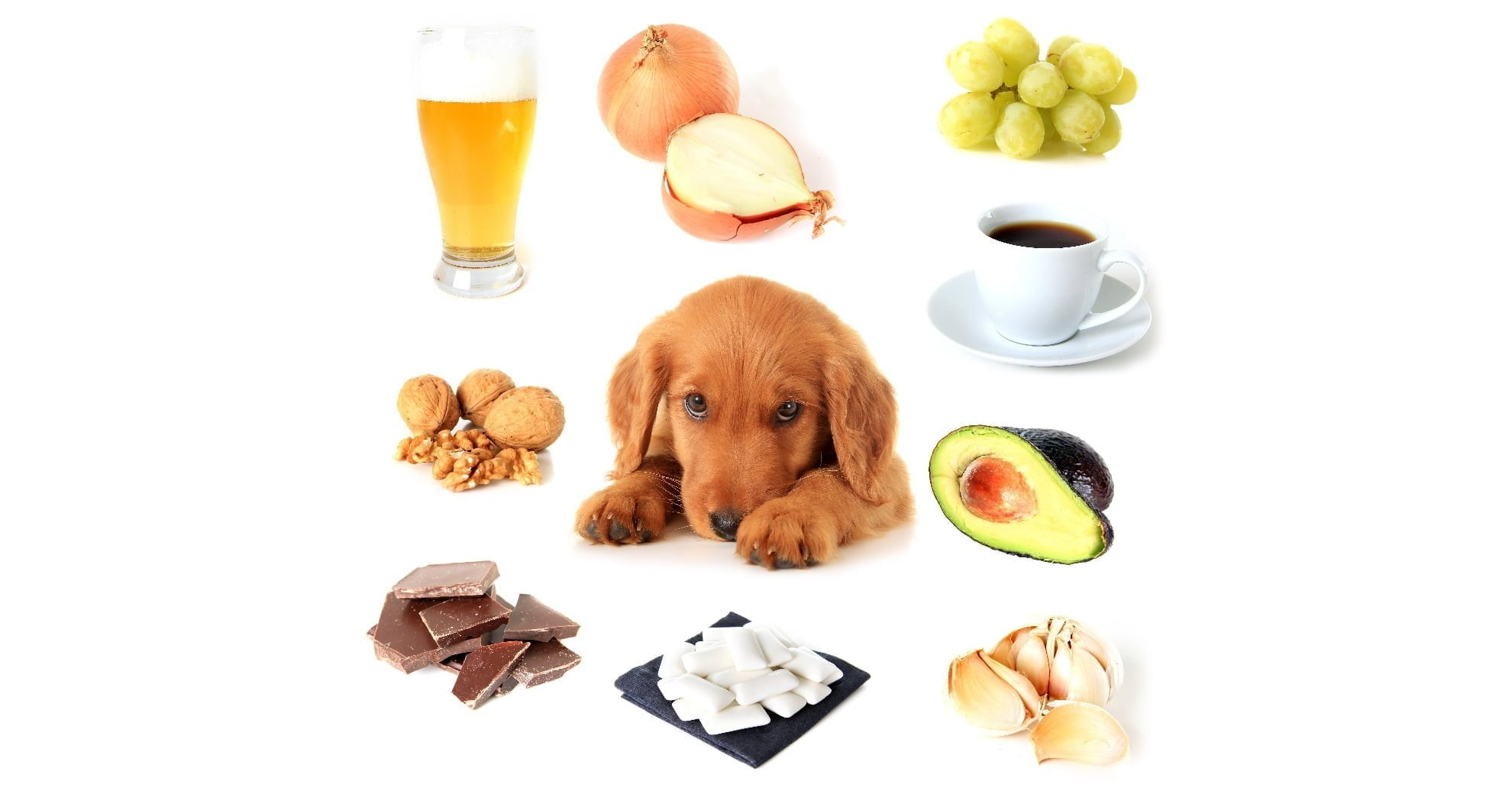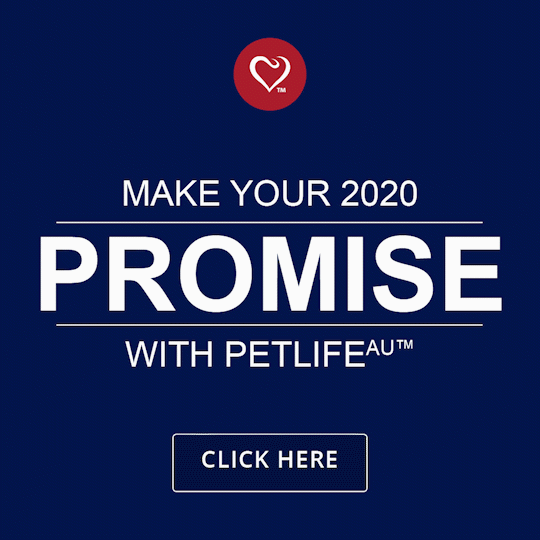SAFETY & EMERGENCIES

TRENDING

SIGN UP and Start Receiving
Our Monthly Newsletter,
The Chronicles
Dog Poisoning

Dogs are inquisitive and can get their snouts into just about anything, from a bar of abandoned chocolate, to plants and house cleaning products. Hopefully, you’ll never have to go through this, but on the off chance that your dog does eat or is exposed to something poisonous, it’s important that you know what to do.
The majority of poisoning cases are unintentional, but unfortunately many everyday substances are harmful to dogs and pose a poisoning risk in canines. Pet owners should know how to spot the signs of poisoning in dogs and know what to do if it gets worse.
THE MOST COMMON POISONOUS SUBSTANCES IN THE HOME AND GARDEN:
- Chocolate
- Macadamia nuts
- Grapes and raisins
- Onions
- Garlic
- Alcohol
- Caffeinated drinks
- Xylitol (a sweetener used in low-calorie products)
- Oven cleaner
- Bleach
- Laundry detergent
- Household cleaners (especially those containing bleach, ammonia, phthalates and benzalkonium chloride)
- Formaldehyde
- Mothballs
- Antidepressants
- Paracetamol/Tylenol
- Rodent, snail or slug poisons
- Flea control chemicals
- Lawn fertilisers
- Garden herbicides and insecticides
- De-icing salts
- Antifreeze
- Fungi
- Yew trees
- Acorns
- Spring bulbs
If you know your dog has ingested a potentially poisonous substance, seek veterinary advice immediately and forget everything you think you know about what to do in this scenario – this is not the time for any DIY first aid. If your dog has eaten something poisonous without your knowledge, it’s important to recognise the symptoms of poisoning.
SYMPTOMS OF POISONING IN DOGS:
- Difficulty breathing
- Excessive salivation
- Vomiting
- Diarrhoea
- Vacant eyes
- Bloating
- Loss of coordination
- Lethargy
- Twitching
- Tremors
- Seizures
Note: Occasionally symptoms of poisoning show up right away, but sometimes the damage can take months to manifest. The average time it takes for symptoms to appear, however, is three to four days.
WHAT TO DO:
- Get your dog away from the poison.
- Seek veterinary advice immediately. Never take a “wait and see” approach if you suspect poisoning, because the longer you wait, the more damage the poison can cause.
- If you know what your pet ingested, your veterinarian should be able to tell you whether it’s toxic and what the next steps should be.
- If you don’t know if the ingested substance is poisonous, call your veterinarian anyway to make sure.
- If possible, bring the packaging of the ingested item when you take your pet to the clinic. If you don’t know and your dog is vomiting, take a sample of the vomit as that could be helpful.
HOW TO PREVENT POISONING:
Prevention is always better than cure. You can largely reduce the chances of your dog being exposed to something poisonous by being vigilant and aware of the contents of your home. Also keep an eye on your pup to keep them out of mischief.
- You can never be too careful, even if you think your dog won’t eat it.
- It’s critical to lock cabinets containing detergents, bleaches and other cleaning products.
- Do not leave anything that’s tasty but toxic lying around – like chocolate.
- Do not keep poisonous plants in or around your home.
- Check and identify existing plants in your garden as well.
- Be careful what you feed your dog – some human foods are not safe for dogs.
- If you make use of a dog sitter while you’re away, make sure they also know what foods your dog can and cannot eat.
Important: Contact your veterinarian immediately if you think your dog ingested something poisonous – do not wait to see what happens as it could be too late!
Related Articles













